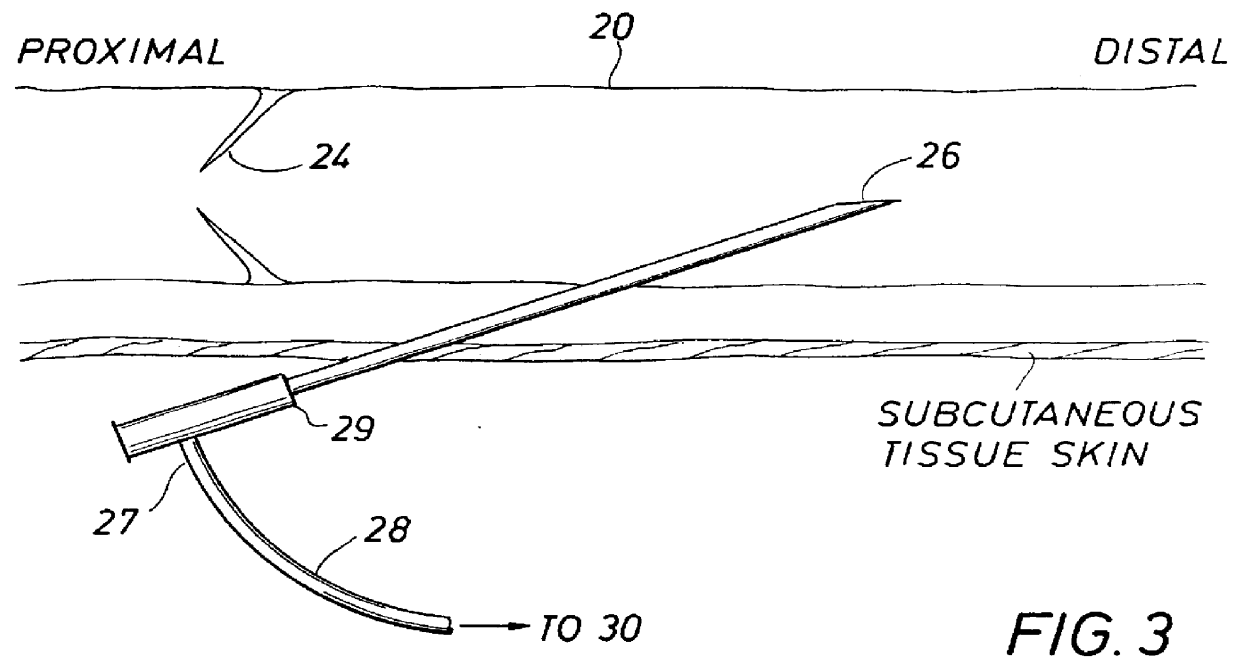Retrograde perfusion monitoring and control system
- Summary
- Abstract
- Description
- Claims
- Application Information
AI Technical Summary
Problems solved by technology
Method used
Image
Examples
Embodiment Construction
Twelve (12) patients (Males=8, Females=4) undergoing reconstructive aortic arch surgery with PHCA and RCP were studied. Patients were placed on CPB via bicaval femoral cannula. Patients were cooled to approximately 16.degree. C. until EEG isoelectricity was achieved. Thereafter, PHCA commenced by terminating CPB and draining cardiac blood via cannula into an extracorporeal circuit reservoir. Using Y tubing and a clamp on the venous CPB line, RCP was instituted by flowing blood via the superior vena cava (SVC) cannula, using the CPB equipment.
Methods:
RCP inflow pressure was measured at two (2) sites. The first site was monitored at the inflow line on the SVC cannula, below the expected location of the internal jugular vein valves, i.e. infravalvular. The second site consisted of a 18-g 2 inch polyethylene catheter placed in the internal jugular vein at the apex of a triangle formed by the bifurcation of the sternomastoid muscle. The catheter was directed in a cephalad direction and a...
PUM
 Login to View More
Login to View More Abstract
Description
Claims
Application Information
 Login to View More
Login to View More - R&D
- Intellectual Property
- Life Sciences
- Materials
- Tech Scout
- Unparalleled Data Quality
- Higher Quality Content
- 60% Fewer Hallucinations
Browse by: Latest US Patents, China's latest patents, Technical Efficacy Thesaurus, Application Domain, Technology Topic, Popular Technical Reports.
© 2025 PatSnap. All rights reserved.Legal|Privacy policy|Modern Slavery Act Transparency Statement|Sitemap|About US| Contact US: help@patsnap.com



